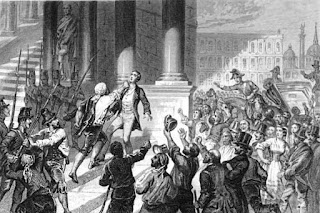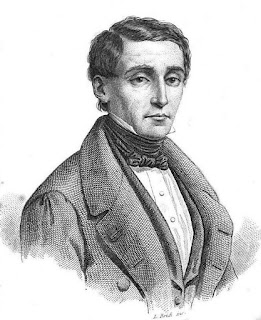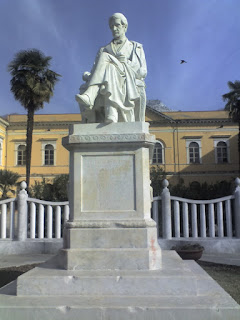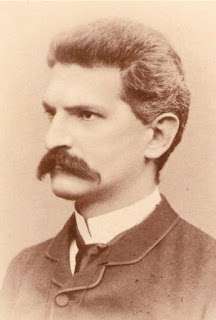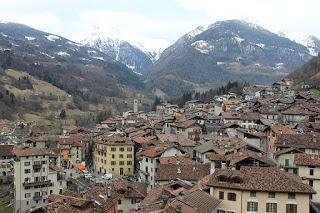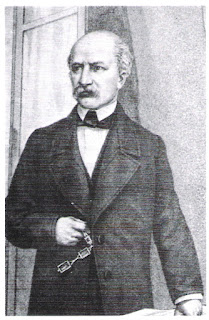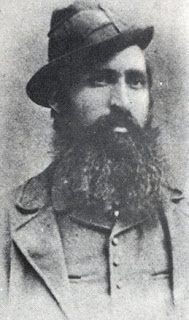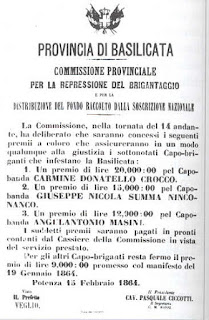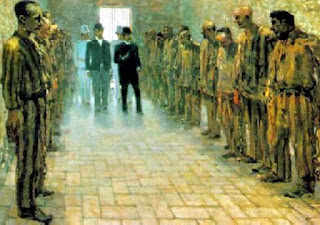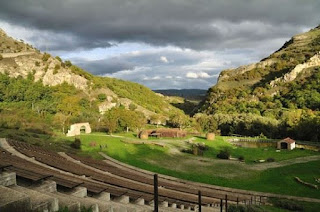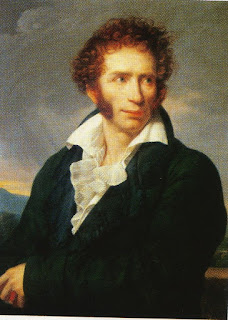Writer who brought contemporary American literature to Italian audiences
 |
| Luciano Bianciardi devoted much of his life to literature |
Bianciardi translated novels by such writers as Saul Bellow, Henry Miller, William Faulkner and Norman Mailer, who were read in the Italian language for the first time thanks to his understanding of the nuances of their style.
He also wrote novels of his own, the most successful of which was La vita agra (1962; published in English as It’s a Hard Life), which was made into a film, directed by Carlo Lizzani and starring Ugo Tognazzi.
Bianciardi, whose father, Atide, was a bank cashier, developed an appreciation for learning from his mother, Adele, who was an elementary school teacher.
At the same time he acquired a lifelong fascination with Garibaldi and the Risorgimento, after his father gave him a book by a local author, Giuseppe Bandi, about Garibaldi’s Expedition of the Thousand.
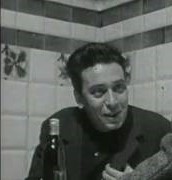 |
| Bianciardi struggled to control his drinking late in his life |
He resumed his education at the Scuola Normale Superiore in Pisa, where he graduated in philosophy. His circle of friends were mainly writers with liberal socialist political leanings and he was briefly a member of Il Partito d’Azione - the Action Party - until it folded in 1947. The following year he married his first wife, Adria, with whom he would have two children.
His entry into the literary world came at the invitation of the municipality of Grosseto, who asked him to reorganise their civic library, which had been badly damaged by the bombings of 1943 and the floods of the following year. Later he became the library director and a passionate promoter of cultural initiatives such as the bibliobus, a van that took books into the hamlets and and scattered farms around the town.
 |
| The cover of the Feltrinelli edition of his most famous book, La vita agra |
Bianciardi over time became a prolific writer for newspapers and magazines on all manner of subjects, on political matters but also cultural topics. He was a film and television critic, and at times wrote about sport for magazines such as Guerin Sportivo.
He forged his reputation as a translator after moving to Milan to work for the Feltrinelli publishing house, developing a relationship that continued even after the company, frustrated with his poor timekeeping and clashes over their editorial policy, decided they could no longer employ him on a permanent, formal basis.
He worked his way through most of the major American writers. Among more than 100 texts that he translated into Italian were Henry Miller's Tropic of Cancer and Tropic of Capricorn, Saul Bellow's Henderson the Rain King, John Steinbeck's The Winter of Our Discontent and Travels with Charley, Jack London's John Barleycorn, J.P. Donleavy's The Ginger Man and William Faulkner's A Fable and The Mansion.
At the same time, he began to write novels of his own, his stories often having a theme of rebellion against the cultural establishment, or else the lives of ordinary Italians during the so-called ‘economic miracle’ years of the 1950s and '60s.
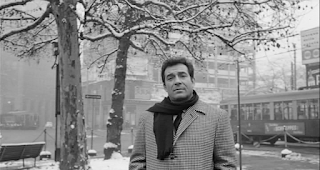 |
| Ugo Tognazzi in a scene from the movie based on Luciano Bianciardi's book, La vita agra |
His other works include Il lavoro culturale - Cultural Work; L’integrazione - Integration; La battaglia soda - The Soda-Water Battle; and Aprire il fuoco - Setting the Fire.
Bianciardi, who had a third child by Maria Jatosti, with whom he worked at Feltrinelli, bought a house at Rapallo, on the Italian Riviera in Liguria about 30km (19 miles) east of Genoa, while keeping his home in the Brera district of Milan.
A heavy drinker through much of his life, he died at the age of just 49 in 1971, suffering from liver disease. His last book, a comprehensive biography of Garibaldi, was published posthumously in 1972.
| Grosseto's Romanesque cathedral, viewed from the Via Daniele Manin |
Bianciardi’s home town of Grosseto is the largest town of the Maremma region of Tuscany, with approximately 65,000 inhabitants. Located in the alluvial plain of the Ombrone river, about 14km from the Tyrrhenian sea, the town grew in importance several centuries ago because of the trade in salt, that was obtained in salt pans in the now reclaimed lagoon that covered most of the area between Grosseto and the sea. By 1328, the silting up of the lagoon robbed Grosseto of its salt revenues, after which is became largely depopulated, vulnerable to outbreaks of malaria caused by the mosquitos that thrived in the marshy areas surrounding the town. It began to expand again in the 19th century. Tourists today are drawn to visit by the walls begun by Francesco I de Medici in 1574, and by the Romanesque cathedral, dedicated to St. Lawrence.
Search tripadvisor for a hotel in Grosseto
 |
| Rapallo's Castello sul Mare was built in 1551 to deter pirates from attacking the Ligurian coastal town |
Rapallo, while somewhat overshadowed by its exclusive neighbour Portofino, is an attractive seaside town of the eastern Italian Riviera, known as the Riviera di Levante. The town developed around a harbour guarded by a small castle – Il Castello sul Mare – built in 1551 to repel pirate attacks, which sits right on the water’s edge. Look out also for the 12th century Basilica of Saints Gervasius and Protasius, two historic towers and a ruined monastery, along with a network of narrow streets to explore. There are boat services to Portofino, as well as Santa Margherita Ligure and Camogli, while the main Genoa to Pisa railway line passes through the town.
More reading:
How Cesare Pavesi introduced foreign writers to Fascist Italy
Why novelist Leonardo Sciascia was the scourge of corrupt politicians
The comic genius of La Cage aux Folles star Ugo Tognazzi
Also on this day:
1784: The birth of Neapolitan princess Maria Antonia
1853: The birth of anarchist Errico Malatesta
1966: The birth of racing driver Fabrizio Giovanardi
Home




